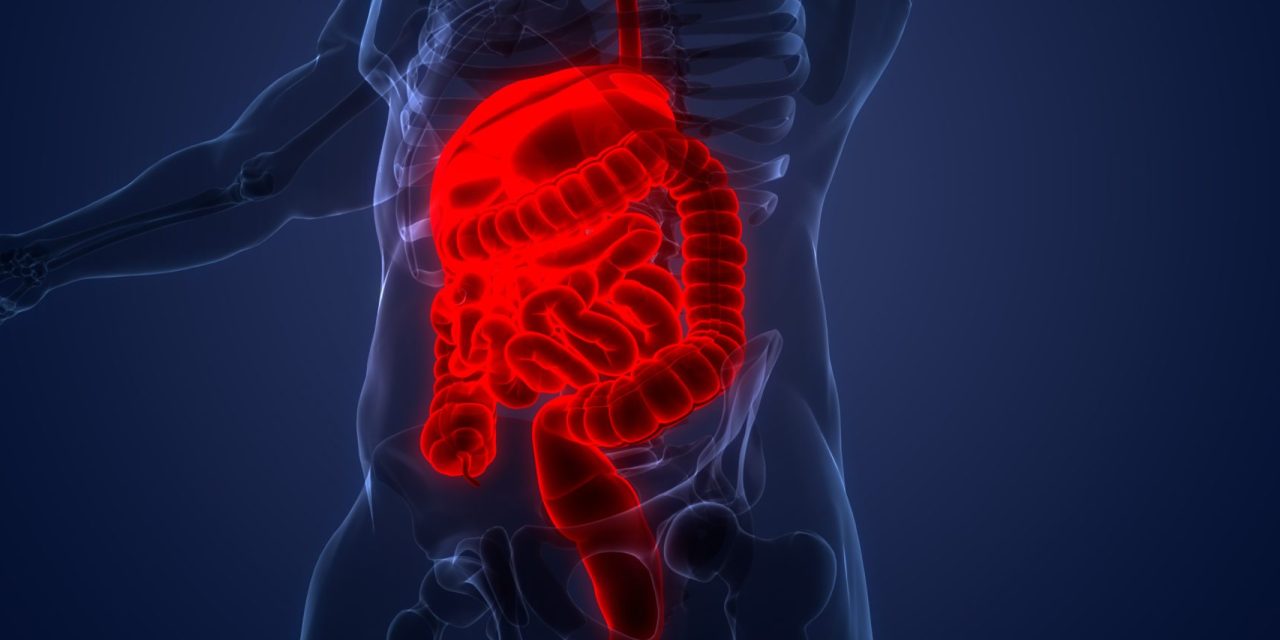To use the synchronous esophageal and oropharyngeal Dx-pH monitoring analysis to investigate the relationship between LPRD and GERD.
Synchronous esophageal and oropharyngeal Dx-pH monitoring, electronic gastroscopy, reflux symptom index (RSI) and gastroesophageal reflux questionnaire (Gerd-Q) were collected from 514 consecutive patients and comparative analysis was done.
A total of 85 patients had positive Ryan score and 251 cases had positive DeMeester or acid exposure time percent (AET) ≥4.2%. Moreover, 61.2% (52/85) of all LPRD cases were pure LPRD without GERD. There was no statistical difference in the acid exposure to oropharynx between pure LPRD group and LPRD+GERD group (U test, P > 0.05). Furthermore, there were no statistical differences in the other esophageal reflux data between pure GERD without LPRD group and LPRD+GERD group (U test, P > 0.05) apart from the number of episodes, which was higher in the pure GERD group than in LPRD+GERD group (U test, P = 0.027). Additionally, 149 patients were diagnosed with reflux esophagitis by electronic gastroscopy. No significant difference in the acid exposure to oropharynx was seen between different grades of reflux esophagitis (U test, P > 0.05). Among the LPRD patients, 32 cases (37.6%) were negative for Gerd-Q, Dx-pH esophageal probe and gastroscopy.
The results of synchronous esophageal and oropharyngeal Dx-pH monitoring demonstrated that LPRD and GERD could co-exist as separate medical conditions. Our data suggest that some LPRD are not accompanied by GERD, and that LPRD is not secondary to severe GERD.
Copyright © 2020 The Authors. Published by Elsevier Inc. All rights reserved.
Relationship between laryngopharyngeal reflux disease and gastroesophageal reflux disease based on synchronous esophageal and oropharyngeal Dx-pH monitoring.


